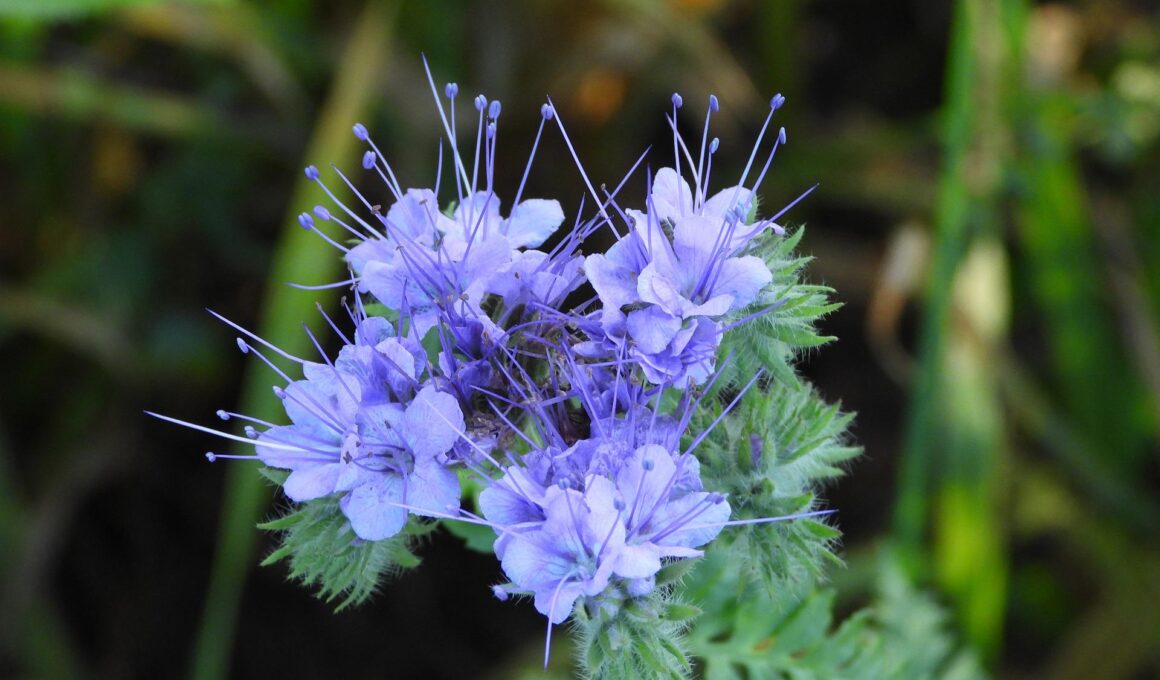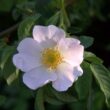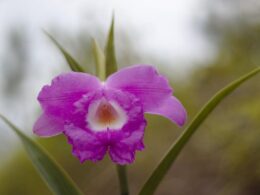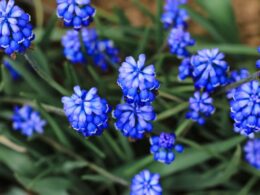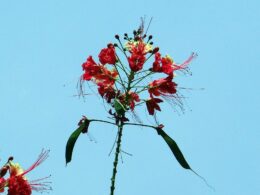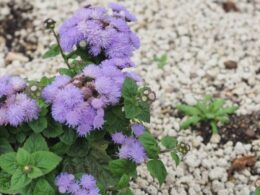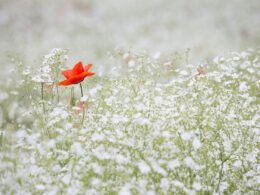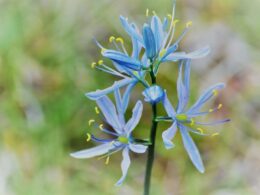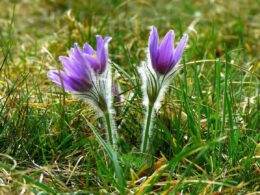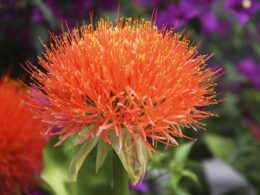The blue mist flower (Conoclinium coelestinum) can be found throughout much of the eastern United States, and it’s definitely worth taking a look at if you’re lucky enough to spot one. With its delicate petals and cool blue hue, this flower is a beautiful sight to behold. Plus, it’s not too tricky to grow if you’re interested in adding it to your garden.
Blue Mist Flower (Conoclinium Coelestinum): Morphology
The blue mist flower is a perennial herbaceous plant that belongs to the Asteraceae family. It is native to North America and can be found in woodlands, meadows, and prairies. The blue mist flower gets its name from the color of its blooms, which range from pale blue to violet. The flowers grow in clusters and bloom from July to September.
This plant has opposite, lance-shaped leaves that are blue-green in color. The plant grows to a height of 1-3 feet and has a spread of 1-2 feet. Its fuzzy flowers are attractive to bees, butterflies, and other pollinators. It is also known as a wild ageratum, hardy ageratum or blue boneset.
How to Plant a Blue Mist Flower? Soil and Sunlight
Blue mist flowers (Conoclinium coelestinum, Eupatorium coelestinum) are beautiful, airy perennials that produce delicate blue flowers in late summer and fall. They’re easy to grow and make lovely cut flowers. Blue mist flowers prefer full sun to partial shade and moist, well-drained soil. Here’s how to plant and care for blue mist flowers.
When to Plant
Blue mist flowers can be planted in spring or fall. If you live in a warm climate, it’s best to plant them in fall, so they can establish themselves before the hot summer months. In cooler climates, spring is the best time to plant.
Where to Plant
Choose a spot in your garden that receives full sun to partial shade and has moist, well-drained soil. Blue mist flowers will tolerate some shade, but they won’t bloom as profusely if they don’t get enough sun.
How to Plant
To plant blue mist flowers, dig a hole that’s twice as wide as the rhizome and just as deep. Place the plant in the hole and backfill with soil, tamping it down gently as you go. Water well to help settle the soil around the roots.
Blue Mistflower. Plant Care
The blue mist flower is a drought-tolerant native wildflower, so it doesn’t need a lot of water. Once every week or two should be sufficient. If you live in an area with high humidity, you may need to water more frequently to prevent the leaves from turning brown.
Fertilize blue mist flowers every two weeks with a half-strength solution of all-purpose fertilizer. Stop fertilizing in late summer to allow the plants to prepare for winter dormancy.
Deadhead spent flowers regularly to encourage continued blooming. Cut back the stems by about one-third in late summer to promote bushier growth.
Blue mistflowers are a beautiful and easy-to-care-for plant that makes a great addition to any wildflower garden. With proper care, this native plant will bloom profusely from spring through fall.
Is the Blue Mist Flower Invasive?
While it may be pretty, the blue mist flower is considered invasive in many places because it can crowd out other native plants. It is also difficult to control once it has established itself in an area. If you are thinking of planting this flower in your garden, you may want to check with your local authorities first to see if it is allowed.





